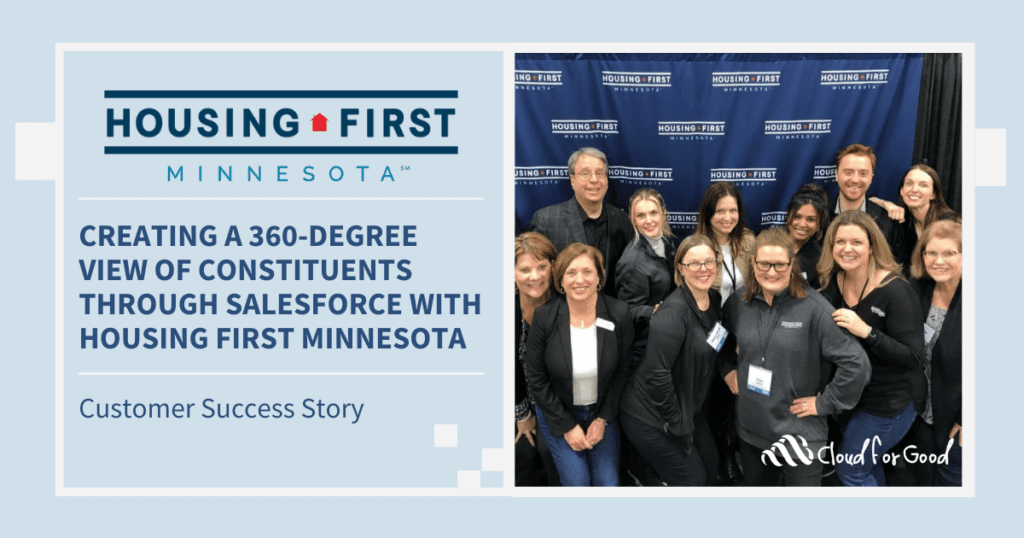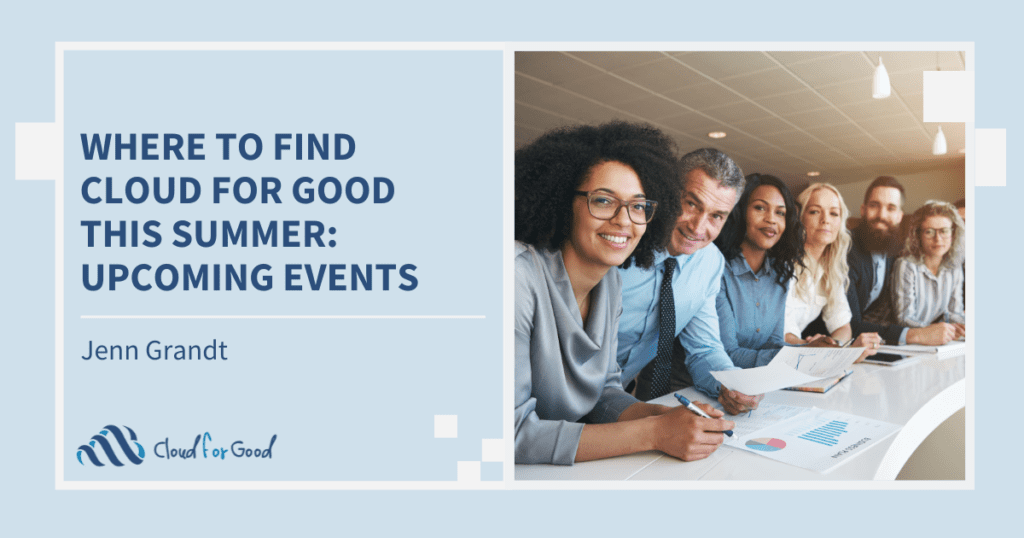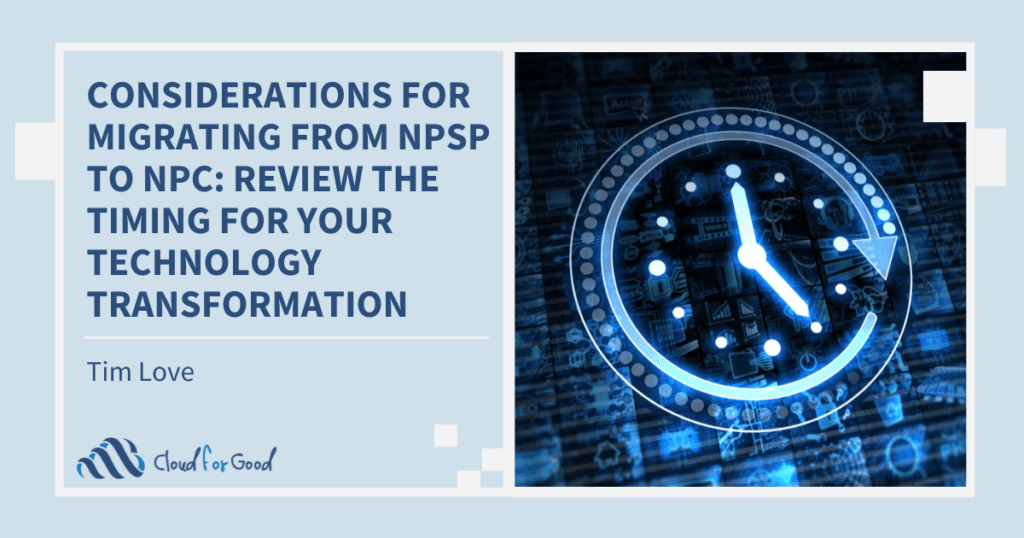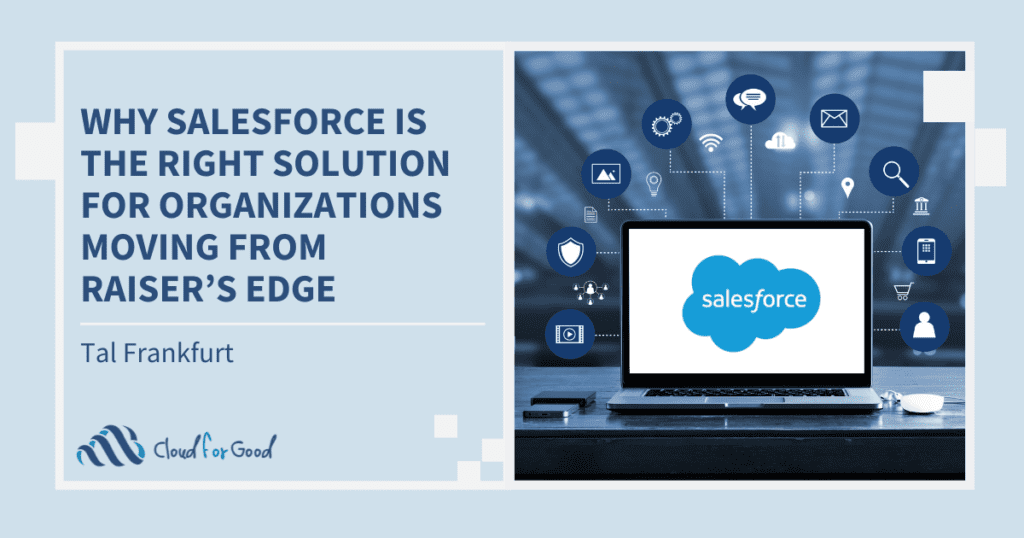
Have you ever asked yourself, “If Salesforce could do _______, We could _______?”
For two-and-a-half days, Salesforce developers, admins, implementation partners, app partners and more, came together to brainstorm new ideas on how to make Salesforce better for nonprofits and higher education institutions.
If you’ve worked with Salesforce, you may have heard of the ideaExchange, a place where Salesforce users can express ideas on features they’d love to see in Salesforce. Salesforce sprints, which usually happens three times each year, are like the ideaExchange but instead of being in the Cloud, it’s a place where Salesforce folks, we’ll call them sprinters, come together in-person to brainstorm and take action on these ideas.
For me, this was my first time as a sprinter and it was an experience unlike any other. In the past, most Salesforce.org sprints, a.k.a. #SFDOSprints, were about gathering feedback from current customers on Salesforce’s product roadmap. This time around, the sprint was an opportunity to examine gaps in the product roadmap and let folks imagine what Salesforce could do if it could!

The ideas were endless. With about 25 tables in the conference room and plenty of laptops to go around, sprinters gathered around each table to propose great ideas and ways to think about innovation. What made it even better was there were Salesforce.org developers, yes, from Salesforce, who were there to hear our ideas and gather them into the next big thing!
In our table, our colleagues came up with the idea of Peer-to-Peer volunteering, which encourages volunteers to inspire other volunteers to get involved. It’s like peer-to-peer fundraising, but instead of monetary gifts, it encourages folks to take their experiences and building transformational relationships with organizations. Imagine if one person can inspire hundreds to volunteer and a solution to easily track it all and measure outcomes. And this was just one idea in a sea of many, straight from the community that Salesforce serves. Our idea was added into a collage of all the great ideas that were shared that day as Salesforce.org heard all our great ideas.
From there, Salesforce.org developers work together with sprinters to combine these ideas into a shareable doc, where sprint participants and Salesforce.org developers work together on crafting these ideas into existence. After the sprint, these ideas continue to examine and think about, with sprinters and with some of these ideas turned into blueprints. It’s no guarantee that every idea at the sprint instantly happens, but sometimes ideas are so in demand that Salesforce.org puts them at top of their to-do list, such as the NPSP Reports Workbook and the Outbound Funds App. Some ideas also become tips for best practices in Salesforce.
Unlike Dreamforce, Dreamin’ events, world tours and more, SFDO Sprints are not a conference. It’s a place to get creative and share ideas on ways Salesforce can transform how nonprofits and higher education innovate.
And best of all with some great minds that are passionate about their cause and Salesforce alike.
As my first sprint, the idea of making an impact on the Salesforce ecosystem can seem like a daunting task. Here are my tips for getting involved in the Salesforce ecosystem:
Tip 1: Blaze your trail with Trailhead
I remember the first time I found that a free and fun way to learn about Salesforce, and almost instantly, fell in love! Like many other Salesforce newbies, I at the time had no idea about how powerful and exciting Trailhead is until I finally got my hands on it. It’s also a great way to connect with other Salesforce Ohana as you earn badges for each Trailhead module. Fun fact: I have more than 600 badges.
Tip 2: Get to know your Ohana with a Community Group!
One of the best ways to connect with Salesforce folks is by checking out your local Salesforce user group. There are plenty of user groups for admins, developers, marketers and so much more. Some users groups even have meetups and special get-togethers like #SalesforceSaturday and #TrailheadTuesday where folks enjoy cups of coffee, beer and more and work on Trailhead badges, learn about the newest Salesforce innovations and have fun! Check out the Trailblazer Community Group website to find a group nearest you.
Tip 3: Can’t make it to Dreamforce, check out a community conference!
I love Dreamforce, it’s where hundreds of thousands of Salesforce Ohana converge in the heart of San Francisco and celebrate our Salesforce community and have fun doing it. But for folks who can’t make it, check out a community conference. Community conferences, or as I’d like to call them, Dreamin’ events, are like smaller, less expensive (sometimes even free!!) local Dreamforce’s where you can meet and greet other Salesforce Ohana and have fun. Check out the community conferences site, to find all the Dreamin’ events that are happening.
And of course, don’t be afraid to get involved. Salesforce has released its nonprofit and higher education sprint schedule already, so join the Community Sprint HUB group to get all the latest information on where the next Sprints are. The best part is, you don’t need to know how to code, just bring your laptop and some great ideas. I may even see you there!






